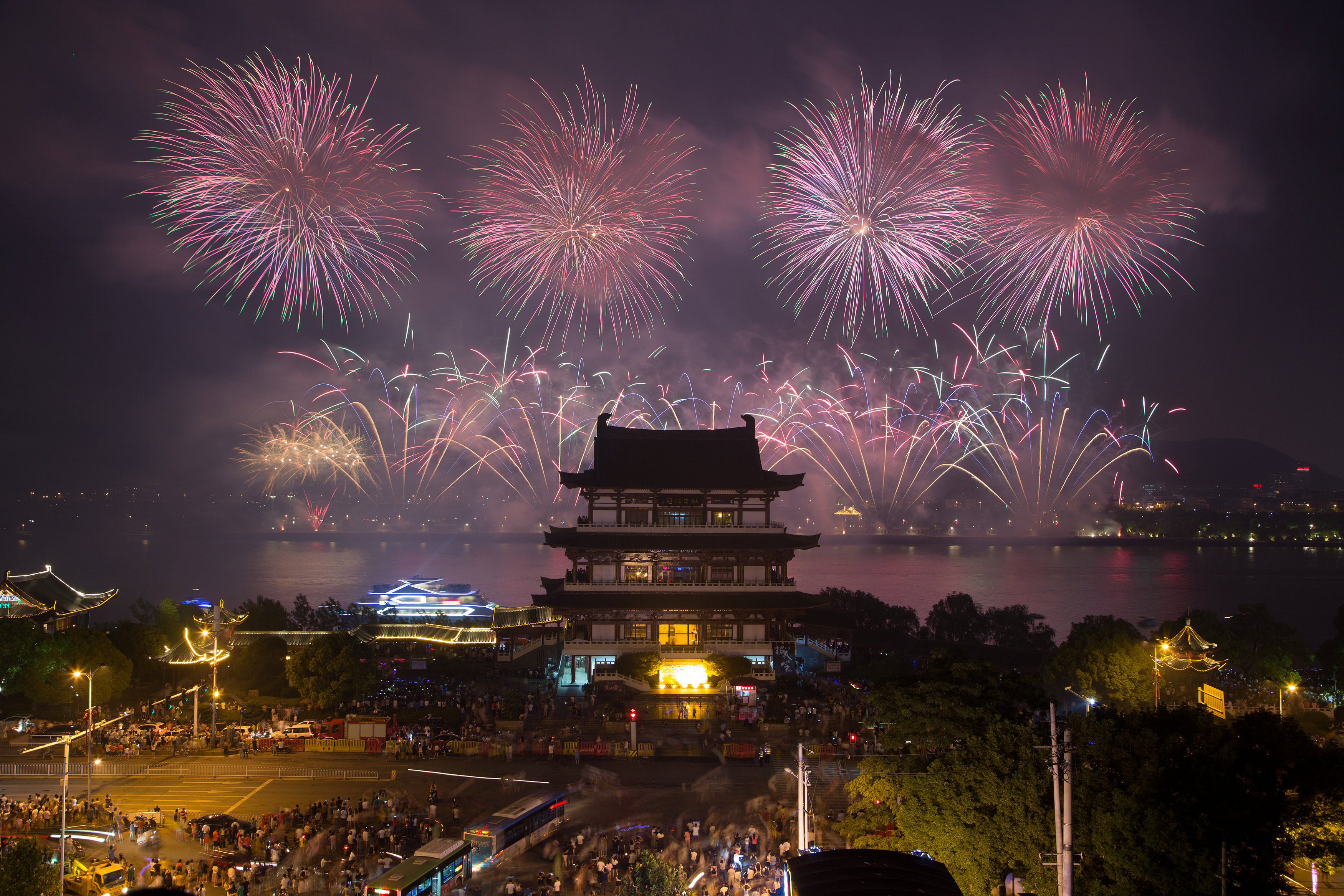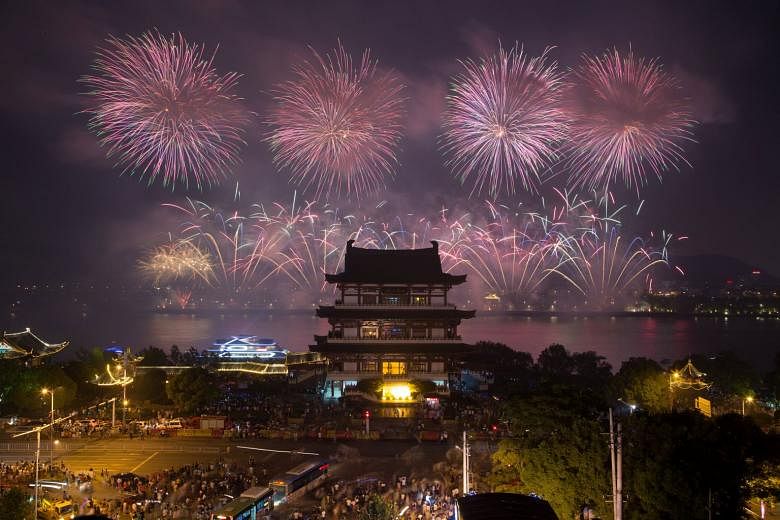The pace of reform and modernisation of the People's Liberation Army (PLA) has been unprecedented in the years since President Xi Jinping took power in 2012.
This reflects the great need for change given that the military's organisation was outmoded, but also Mr Xi's personal ambition to be the leader who takes China through its final stage towards being a powerful nation, analysts have said.
The last major overhaul of the PLA took place in the 1980s under patriarch Deng Xiaoping.
But while the latest transformation of the PLA has been impressive, there appears to be some doubt over the loyalty and support of the military to the Chinese Communist Party (CCP).
This could be seen in Mr Xi's repeated exhortation that the military needs to obey the command of the party on Tuesday at a ceremony to commemorate the the PLA's 90th anniversary.
Security analyst Wang Xiangsui of Beihang University said there was talk for a long time about reform, with no real action. "In the last five years, there have been enormous changes," he said, adding as illustration how "the entire command system from top to bottom is (now) completely different".

The proposal for military reform was first made in November 2013 at the third plenum of the CCP's 18th Central Committee. In March the following year, a leading group - a small body that advises on policy - headed by Mr Xi was formed to look into the reforms.
In November 2015, a wide-ranging reform plan was unveiled, with some analysts calling it a move that would meet with resistance.
Before that, Mr Xi had in September announced the trimming of the armed forces by 300,000 men, which already had the military's newspaper warning of lost jobs and opposition to impending reforms.
After that announcement, the changes came thick and fast.
On Dec 31 that year, it was announced that three new military units would be added - the new command of the land army, a rocket force and a strategic support force - so that there are now five services, including the navy and air force.
Less than a fortnight later in January last year, the PLA's four powerful military headquarters were abolished and their functions spread across 15 new agencies, which came under a new General Office of the Central Military Commission (CMC) headed by Mr Xi. In February, the seven military regions were reconfigured into five theatre commands for greater efficiency. In April, Mr Xi was made commander-in-chief of a new joint command headquarters.
The streamlining of the command system was part of the modernisation of the PLA, to turn it into a more combat-ready force.
But Hong Kong-based analyst Willy Lam noted that these changes also concentrated power in the hands of Mr Xi. "Power is now narrowly focused on the two major organisations, the CMC General Office and the Joint Command Headquarters, and through these Mr Xi exercises tighter control (over the PLA)," he said.
Much of the troop reduction has occurred in the ground forces while personnel numbers in the navy and air force have been increased with the expansion of China's defence needs beyond its land borders and near seas to farther afield, as its overseas interests grow in tandem with its rise.
Indeed, China has set up a logistics base in Djibouti in the Horn of Africa, which became officially operational on Tuesday.
The modernisation of the PLA has also been in the form of better technology and weaponry.
This was on full display at Sunday's military parade in Inner Mongolia. Nearly half of the military hardware was on public display for the first time, including the new generation Dongfeng-31AG intercontinental ballistic missile (whose 11,000km range means it is capable of hitting parts of the US), the J-16 fighter jet and J-20 stealth fighter.
The PLA also launched its first self-built aircraft carrier in April.
In all, the changes that have taken place in the PLA have been impressive, said Associate Professor Li Mingjiang of the S. Rajaratnam School of International Studies. These are in line with Mr Xi's emphasis on having a strong military, he said, adding that this was part of the Chinese leader's personal commitment to "make the rejuvenation of the Chinese nation a reality".
But on Tuesday, Mr Xi stressed more than once that the CCP commands the PLA and not the other way around, "(begging) the question if this is indeed true", said Dr Lam. He said the PLA's restructuring had meant that some generals were laid off and others forced into retirement while cuts were made to their salaries and perks. The result is "a groundswell of discontent among some senior officers".
With the CCP's rule anchored on strong military support, not only must efforts to modernise the PLA continue, but so too must those to subject it to the party's control.


